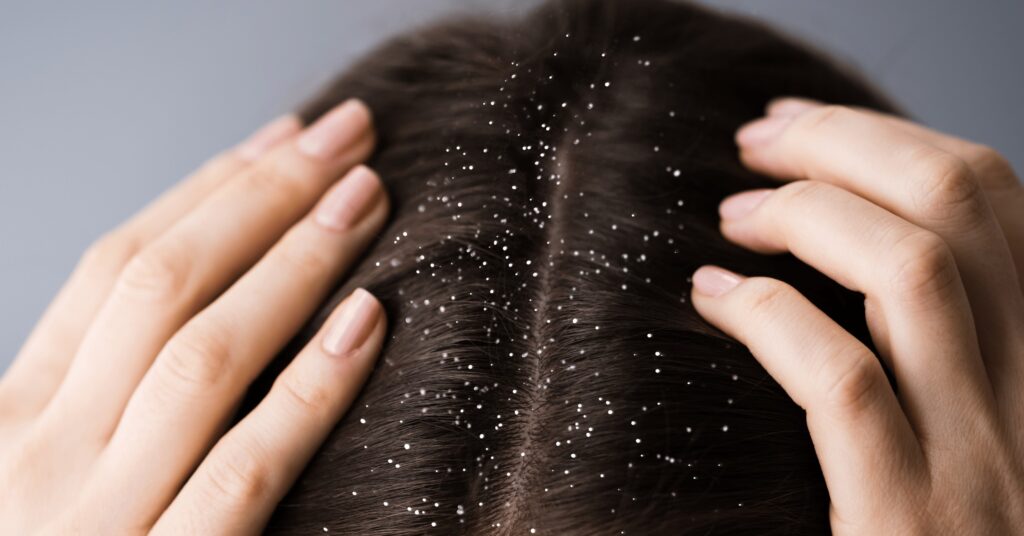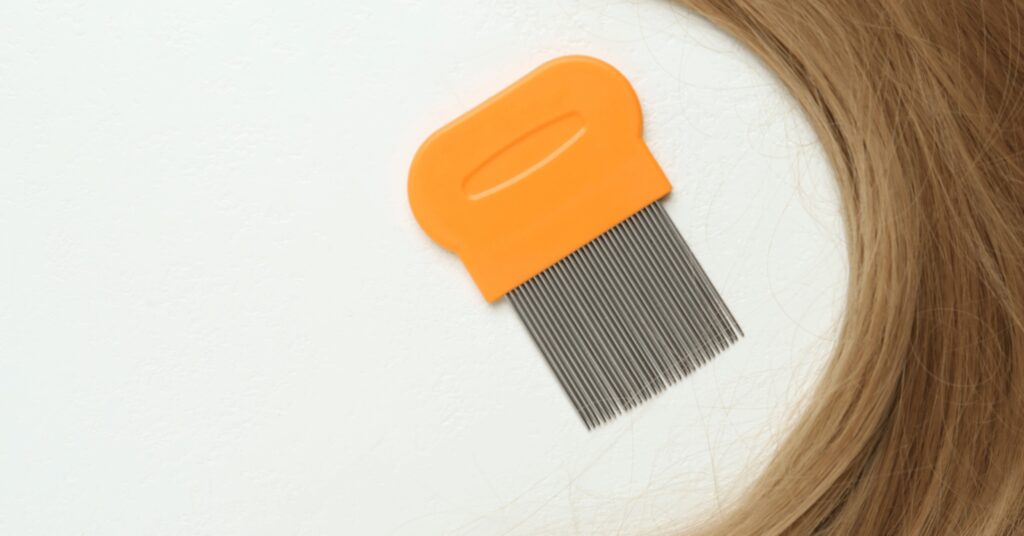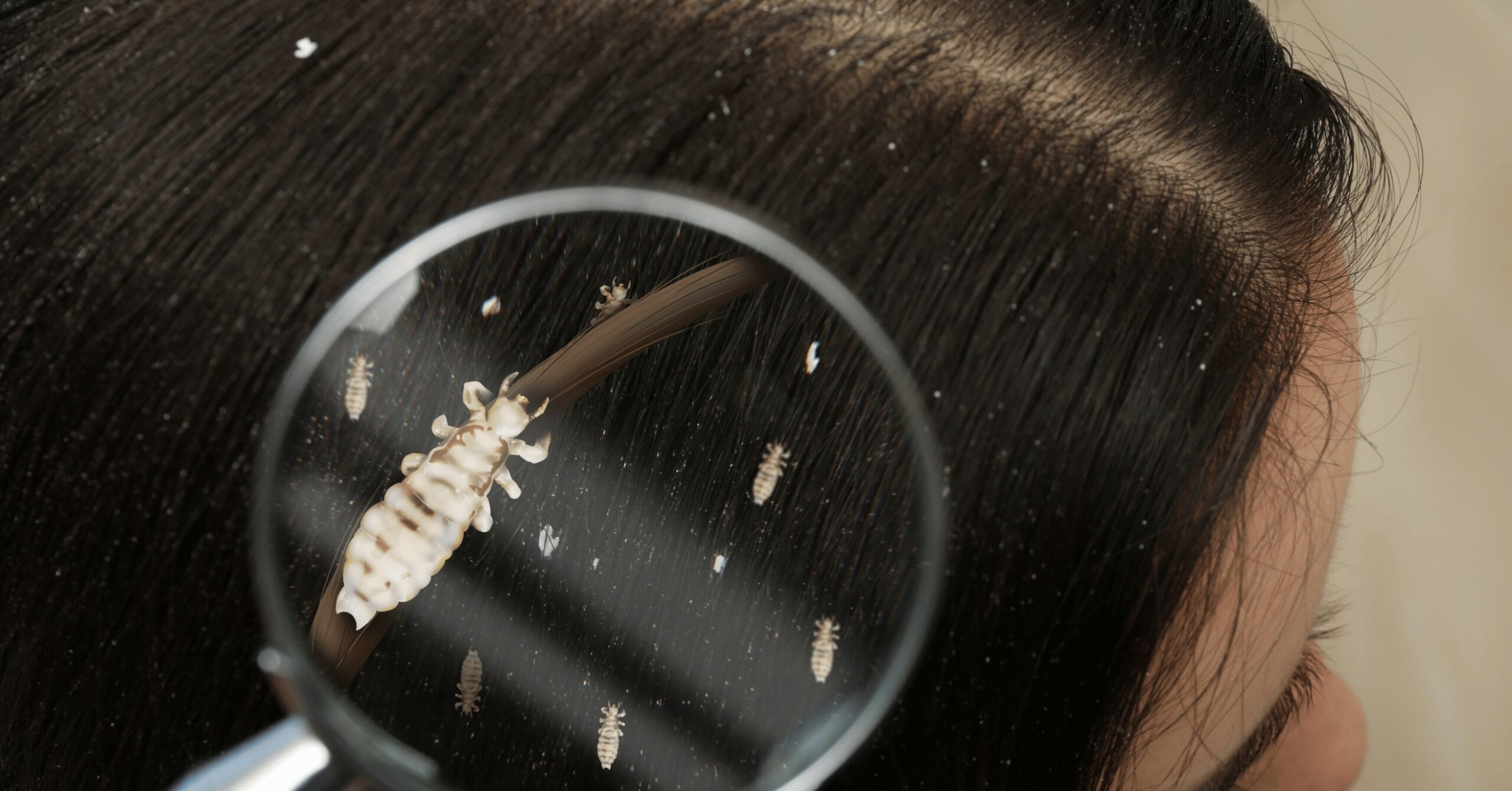Parents and others in close touch worry about lice infestations. The notion of lice crawling on the scalp may cause severe anxiety. How can you tell whether you have lice or if your paranoia is real?
Table of Contents
ToggleUnderstanding Lice
Okay, let’s get down to business with lice. These tiny insects like to live in hair and feed on blood from the head. Head, body, and groin lice are the three main types of lice that people will get. But today, we will talk about the ones that like to sleep on our heads.
Types of lice
Let’s start by talking about the different kinds of lice. As I already said, we have prevalent head lice. It’s nice for them to hang out on your head, behind your ears, and around your neck. Then there are body lice, which look like they belong on clothes and only touch your skin to feed. Additionally, there are pubic lice, which live in pubic hair but can also hide in hairy places like the chest and armpits.
| Type | Preferred Area | Habitat |
|---|---|---|
| Head Lice | Scalp, behind ears, neckline | Human scalp |
| Body Lice | Clothing | Human clothing come onto the skin to feed |
| Pubic Lice | Pubic hair, armpits, chest | Human body hair, primarily in the pubic region |
This table outlines the different types of lice, their preferred areas, and habitats.
Common symptoms
How do you determine if these pests have colonized your scalp? Well, there are specific warning indicators. Itching is most prevalent, especially behind the ears and on the back of the neck, which may indicate lice. Your scalp or neck may have red bumps, and some people feel like something is crawling on their heads. Not fun, right?
Summarize
Liches are tiny bugs that feed on blood and live in people’s hair. Liches come in three different types: head lice, body lice, and groin lice. Problems with an infestation include itching, getting red bumps on the head, and feeling like something is moving on you.

Paranoia vs. Reality
The age-old question: do I have lice, or am I going crazy for no reason? We all want to avoid dealing with lice whenever possible, so this is a real worry. But our brains can trick us and make us believe we have lice when we don’t. You should be able to tell the difference between real signs of lice and just being anxious.
Signs of lice infestation
So, what are the real signs that you have lice? The most noticeable is seeing live lice moving around on your head or finding their eggs, called nits, stuck to your hair. The eggs of nits are very small and oval. They stick close to the hair and are generally a white colour. Seeing either of these is a pretty good sign that you have some unwanted guests in your hair.
Psychological aspects of paranoia
Now, let’s talk about how people think and feel. If you’ve been around someone with lice, worrying or becoming worried about them is normal. But fears can get the best of us and make us worry about every little itch or tickle on our heads. So, these thoughts don’t take over our lives; we must find ways to deal with them.
Summarize
Recognizing real signs of lice (live lice or white nits on hair) is crucial. Normal worry after exposure to lice can escalate to excessive anxiety over scalp sensations. Coping strategies are vital to manage these concerns effectively.

Self-Examination Tips
Understandably, you are worried and want to check your house for lice—helpful hints for a thorough study of oneself. Hair should be combed with a fine-toothed comb, and the areas behind your ears, along your neck, and on top of your head should get extra attention. Looking through your hair for live lice or nits would be best.
How to check for lice at home
Checking for lice at home is easy but laborious. For good vision, comb your hair section by section in a well-lit environment. If you see live lice or nits, breathe deeply and continue.
Differentiating between lice and other conditions
This is where things can get tricky. Itching and discomfort on the head can also be caused by dandruff or eczema, so it’s important to tell the difference between lice and these other problems. If you’re not sure what’s wrong, you should always talk to a medical worker to get a correct evaluation.
| Symptom | Lice | Dandruff | Eczema |
|---|---|---|---|
| Itching | Common, especially at night | Mild to moderate | Moderate to severe |
| Visible Nits | Present | Absent | Absent |
| Scalp Appearance | May appear red or irritated | May appear flaky | May appear red, inflamed |
| Transmission | Easily spread through contact | Not contagious | Not contagious |
| Treatment | Requires lice-specific treatment | Typically managed with anti-dandruff shampoos | Requires medical management |
This table highlights some key differences between lice, dandruff, and eczema in terms of symptoms, appearance, transmission, and treatment. However, it’s important to consult a medical professional for an accurate diagnosis and appropriate treatment.
Summarize
To check for lice at home, comb your hair in sections under good lighting, paying extra attention to areas like behind the ears and the neck. Look for live lice or nits. Differentiate between lice and other conditions like dandruff or eczema, seeking medical advice if unsure.

Seeking Professional Help
If you checked yourself and are still not sure if you have lice, it’s time to get help from a professional. Don’t feel bad about getting lice; healthcare professionals see it all the time and are here to help. In addition to advising on the best way to proceed, they can do a more thorough check.
When to consult a healthcare provider
Therefore, when should you see a doctor about lice? Schedule an appointment if you’ve found living lice or nits on your head, if you’re constantly itchy or irritated, or if you’re just feeling stressed out about the whole thing. Their presence can ease your thoughts and assist you in discovering the best solution to the issue.
Diagnostic methods
Several different ways are available to healthcare professionals to identify lice populations. For example, they could look at your head and hair with their eyes, use a magnifying glass or microscope to look for lice or nits, or do a wet comb test to get samples to look at. Feel confident that they will find a solution no matter what they do.
Summarize
If unsure about having lice, consult a healthcare professional. They’re experienced and can confirm with various methods like visual inspection or wet comb testing. Seek help if you find lice or nits, experience itching, or feel stressed. Trust that they’ll find a solution.
Coping Strategies
Lice infestations may cause worry and panic, but there are ways to cope. Deep breathing and meditation may help you relax and decrease tension. Take care of yourself sleep, eat properly, and exercise to reduce stress.
Dealing with anxiety and paranoia
To get help if you’re having too much worry and fear, don’t be shy. To get help dealing with your thoughts and problems, talk to friends or family about what you’re going through, or think about seeing a therapist.
Preventive measures against lice infestations
Let’s talk about protection last. Lice outbreaks can’t always be avoided, but there are things you can do to lower your risk. People should practise cleanliness, like washing their hair regularly with shampoos that keep lice away, and not share personal items with others, like hats, brushes, and headphones. Although it may seem like a bother, it’s worth it to refrain from dealing with lice!
There you have it: everything you need to know about lice, being paranoid, and keeping bugs off your head. Do not forget that it is expected to worry about lice, but you can get rid of them if you know what to do.
Summarize
Dealing with lice involves managing stress through relaxation techniques and self-care. Seek support if anxiety becomes overwhelming. Prevent infestations by practicing cleanliness and avoiding sharing personal items. Overall, knowing how to cope and prevent lice can ease worries.
Conclusion
Finally, being afraid of having lice can be very upsetting, but keeping your cool and thinking things through is essential. By learning the signs of a lice infection, doing thorough self-exams, and getting professional help, you can effectively address any worries and handle the situation satisfactorily.

